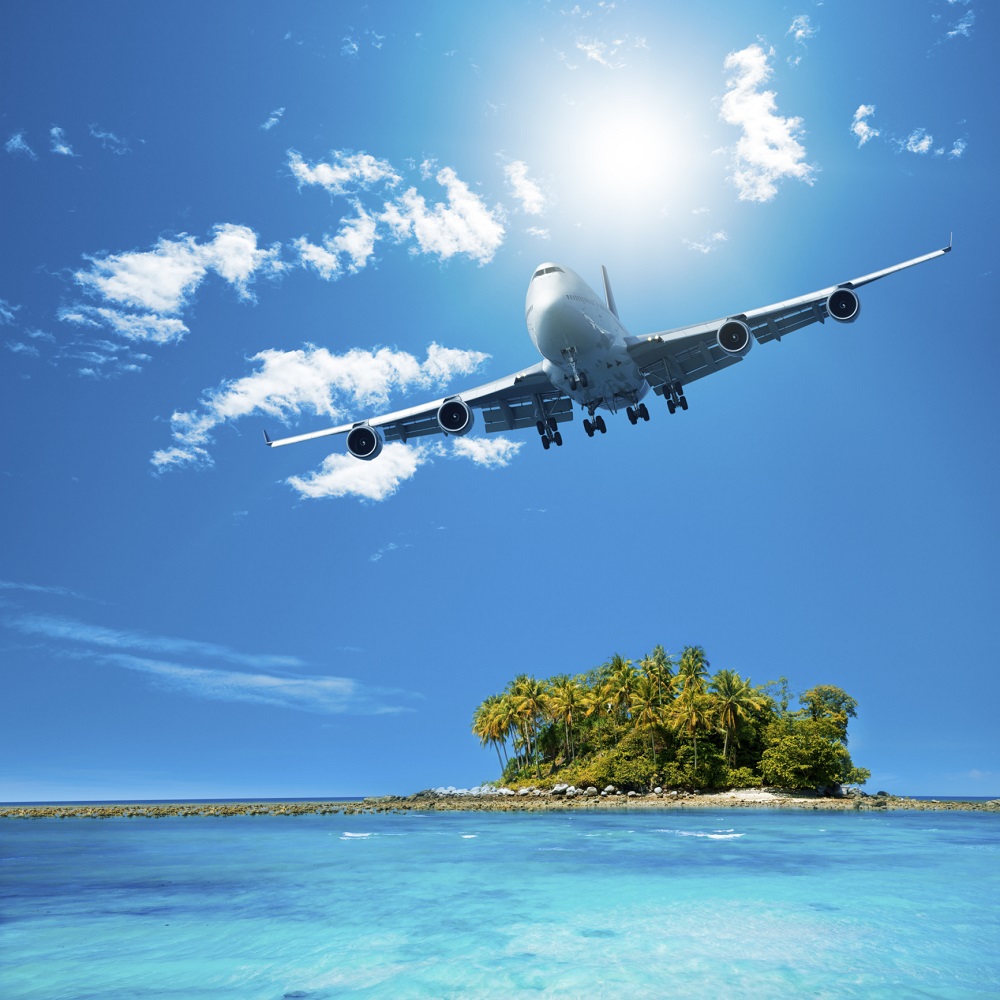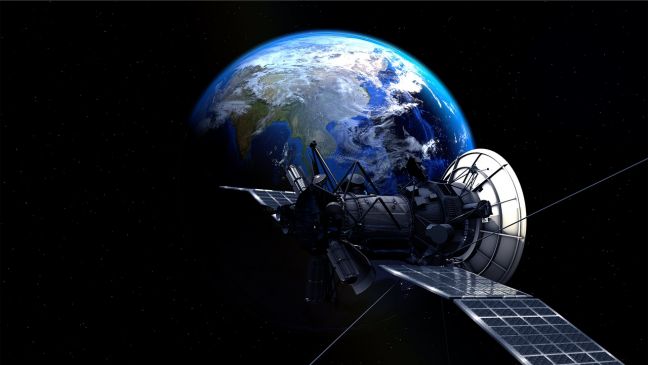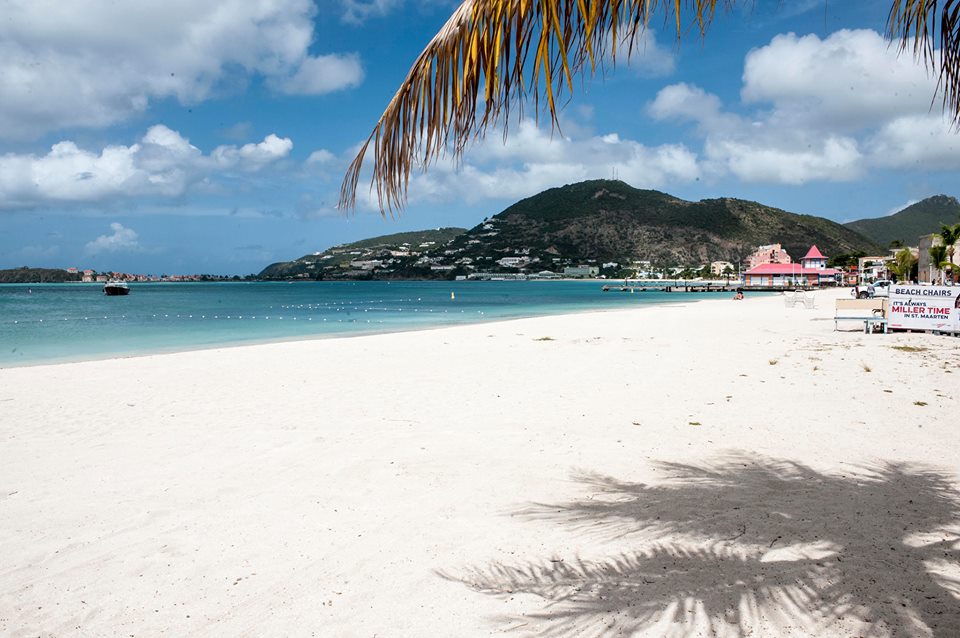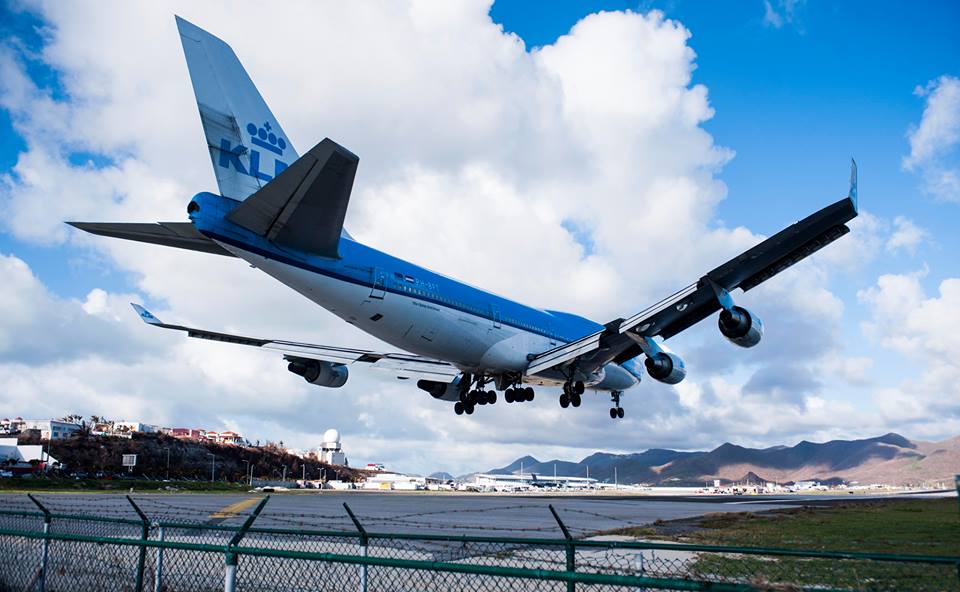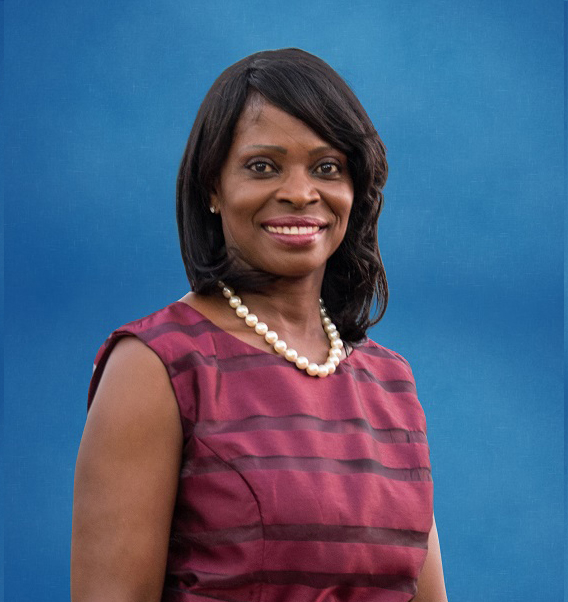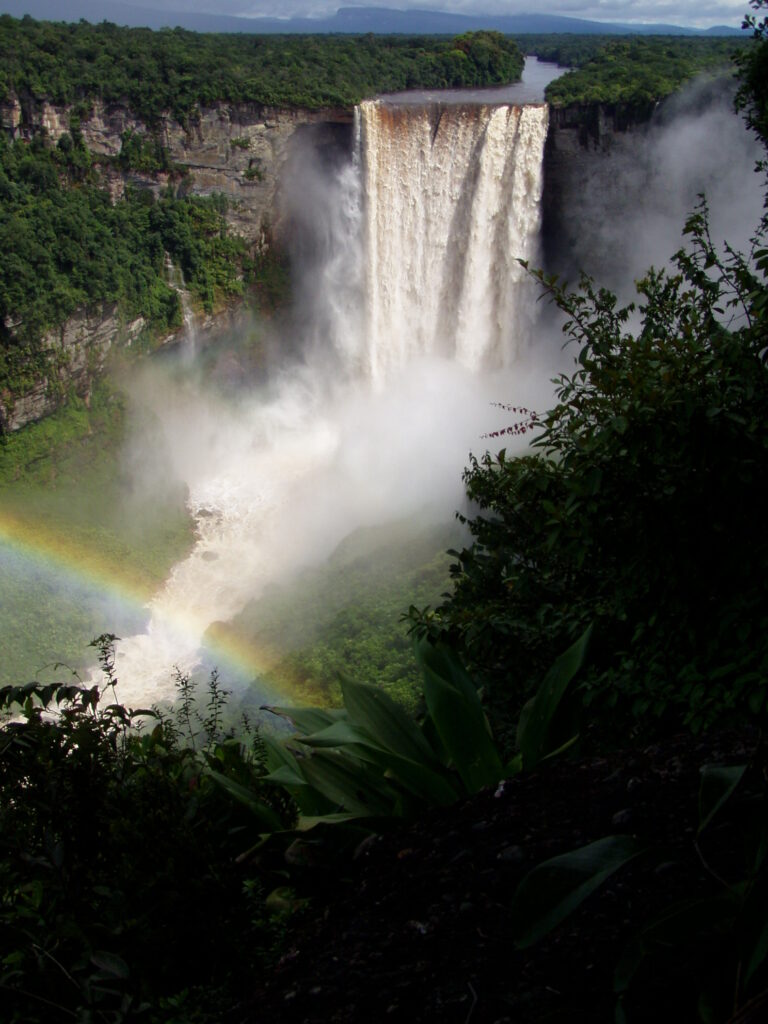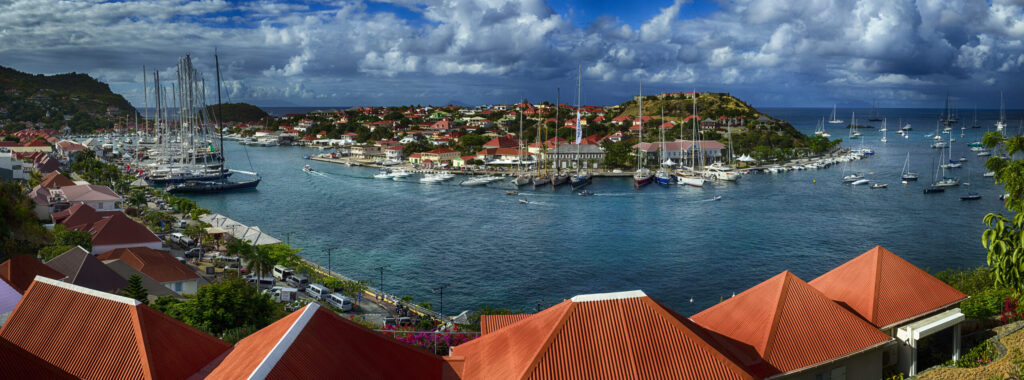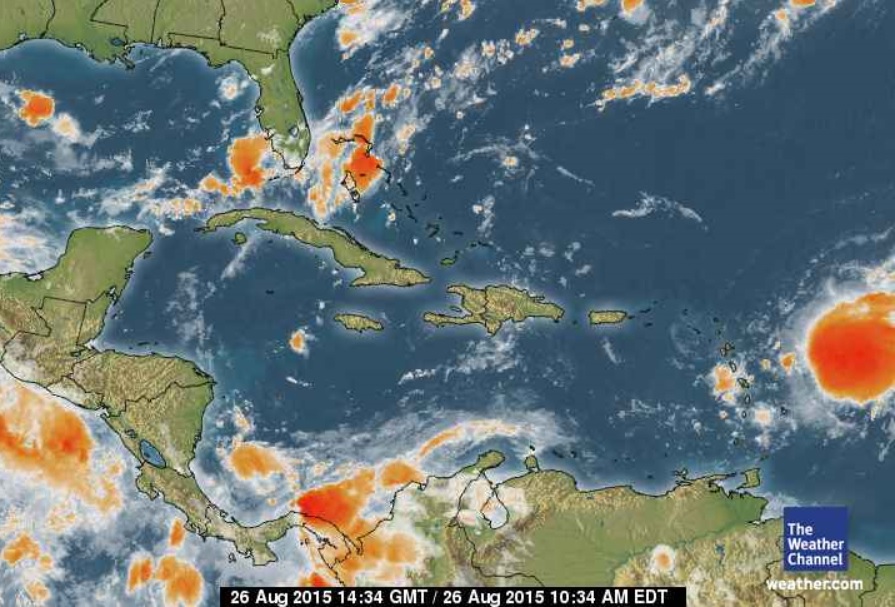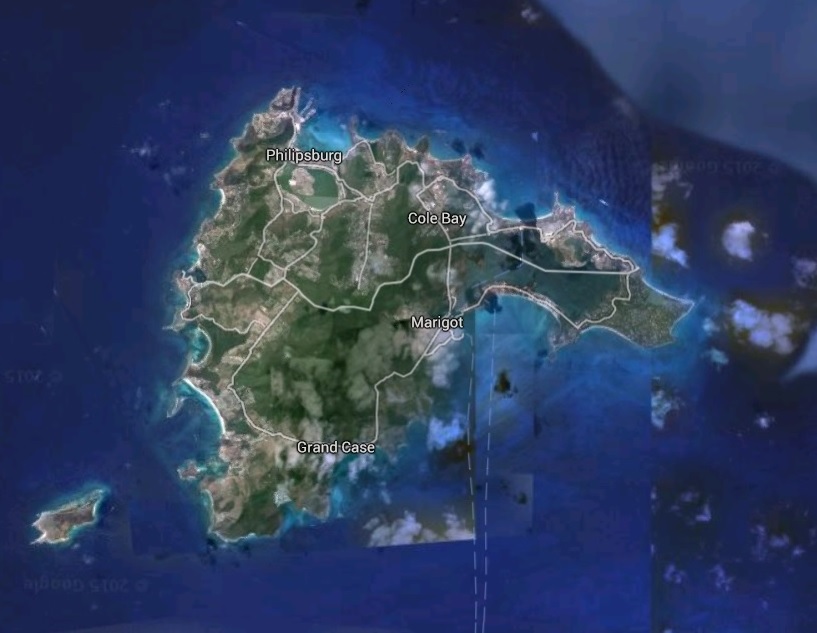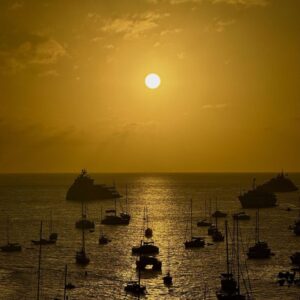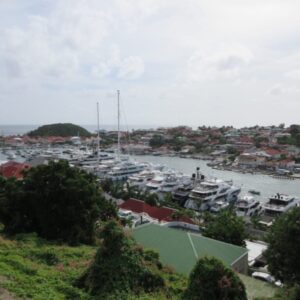Opinions
- Home
- Opinions
Terrance Rey
What does it mean to wake up in paradise?
Civil engineer and chairman of the Social Economic Council, also known as the SER, the
Terrance Rey
Smart island paradise in the space age of the 21st century
I like out of the box thinking. When that kind of thinking includes the keywords
Terrance Rey
St. Maarten’s tourism product in a post-Irma era – 7 parts series
From the start of St. Maarten’s decision to become a tourism destination we have focused
Terrance Rey
Airlift vital to recovery process St. Maarten
SXM Airport — Just as airlift is vital to St. Maarten’s tourism economy, so it
Terrance Rey
Tourism for all
Minister of Tourism’s World Tourism Day Message: I would like to recognize the importance of
Terrance Rey
LIFT VISA RESTRICTION FOR GUYANA
Travel Entrepreneur Terrance Rey Calls For Lifting Visa Requirement For Guyana Citizens You have obviously
Hilbert Haar
“We don’t need more tourists”
Economist Arjen Alberts in a recent webinar: “We don’t need more tourists” By Hilbert Haar
Terrance Rey
A Daytrip To St. Barths Is Worth The Travel
While you are visiting our lovely island of St. Maarten and enjoying the tastes of
Terrance Rey
Top Things To Do When A Storm Threatens Your Caribbean Vacation Island
I am writing this article on a self-imposed deadline instigated by the approach of Tropical
Terrance Rey
St. Maarten Needs A Responsive Tourism Marketing Strategy
Much like when you are using a smartphone or tablet and you turn the screen
Recent Posts
St.Maarten Info Team
St. Maarten’s Yachting Sector: A Key Driver of Economic Growth and Global Appeal
Tags
airlift
airlines
AirStMaarten
ANG
Antillean Guilder
Bruce Jakubovitz
caribbean
closed
dae
destination marketing
destroyed
director
Divi Little Bay Resort
dollarization
dr. gittens
e-zone
entrepreneur
French bakeries
Huricane Irma
Hurricane Irma
island
Le Divin
main attraction
Marigot
Nature Foundation
operations
Oyster Pond
Rainforest Adventures
Rockland Estate
Saint Martin
salvage
Sarafina
Simpson Bay Lagoon
st. barths
st. maarten
sta
Stress-Free Holiday Break
Terrance Rey
tourism
tourism authority
tourists
USD
waterfront
wrecks removal
yachting

